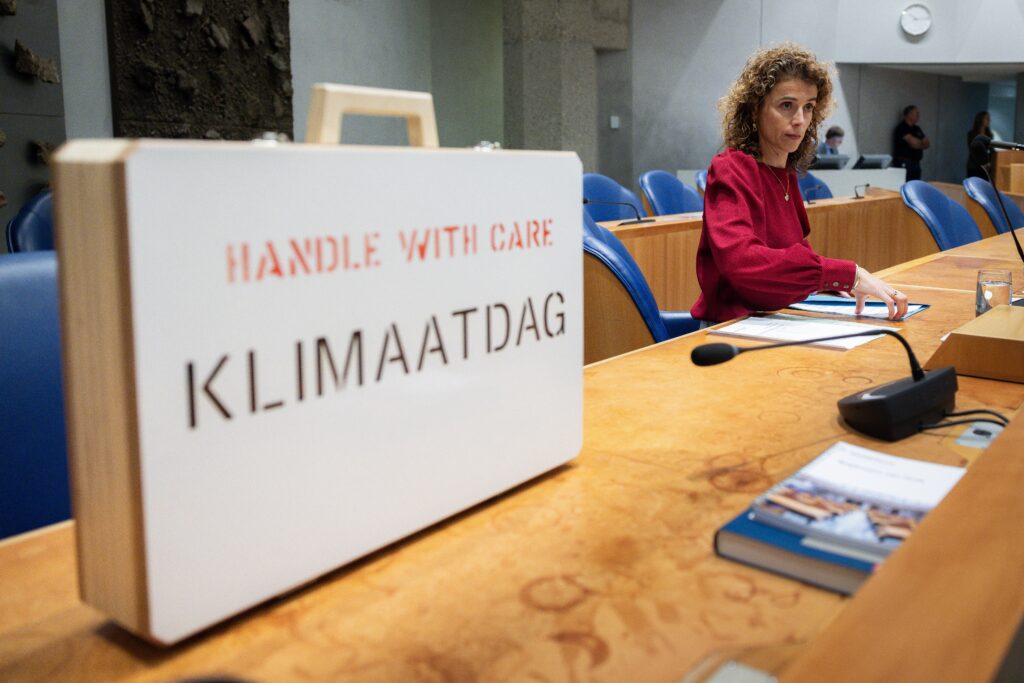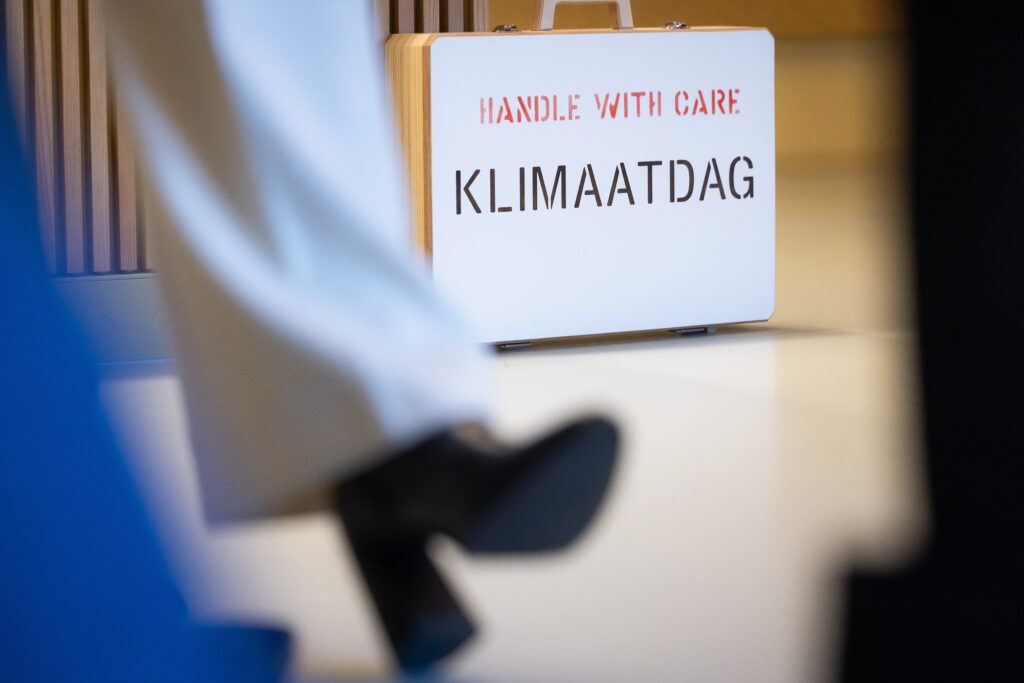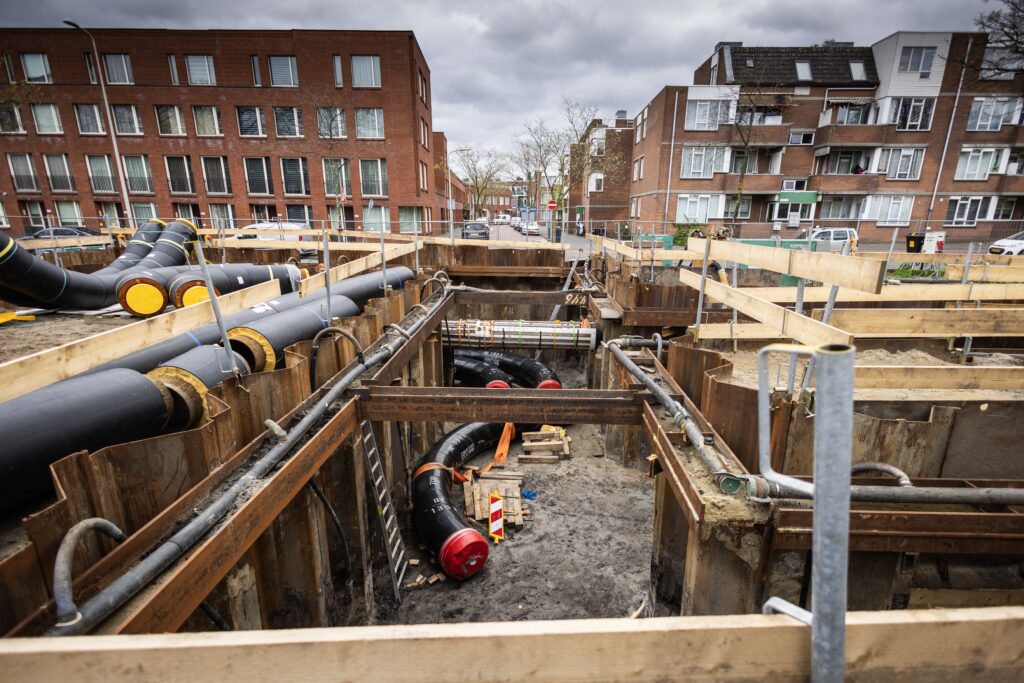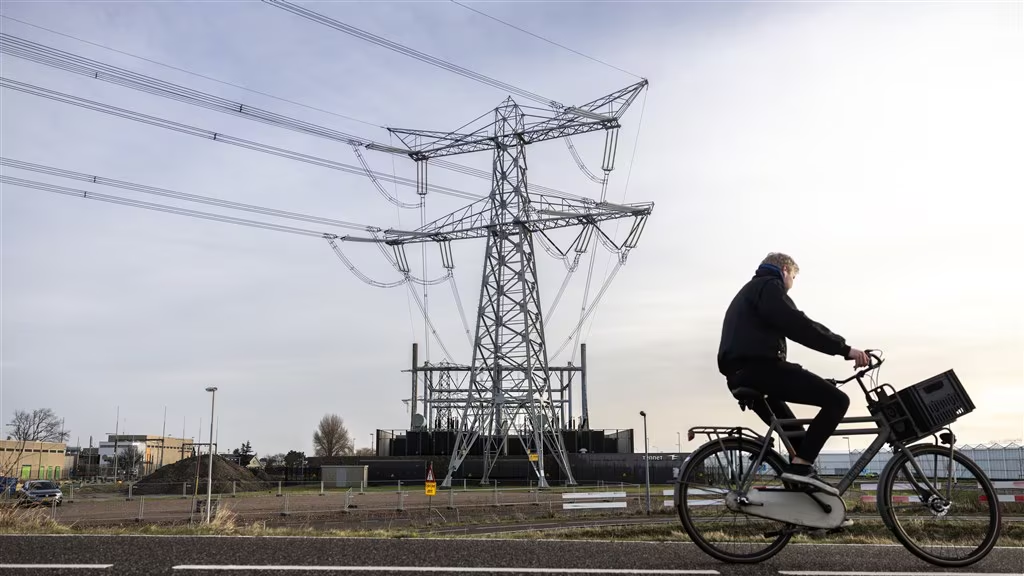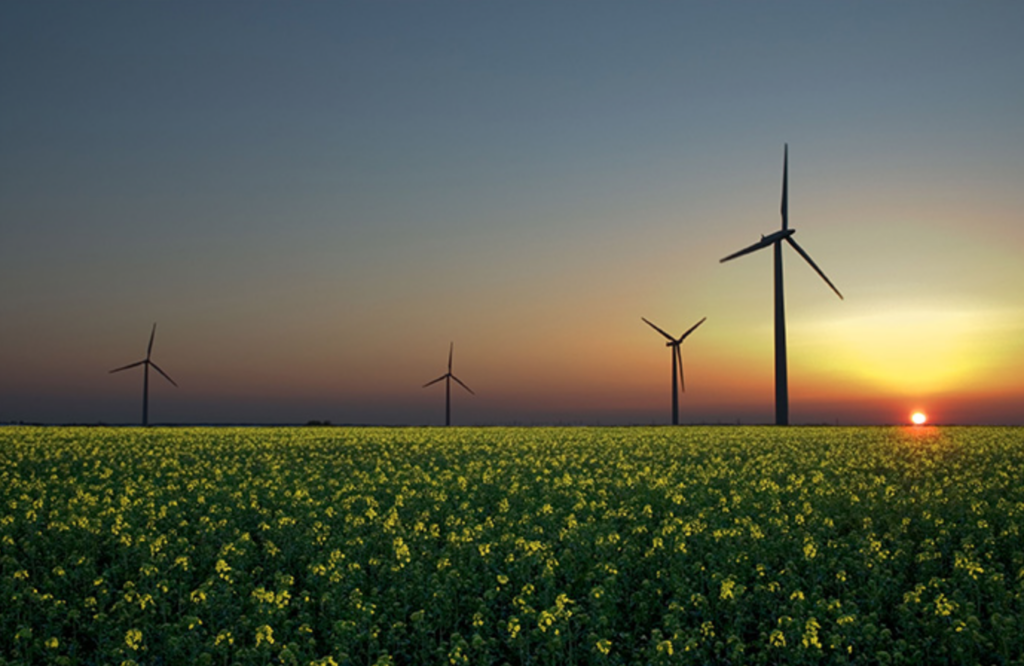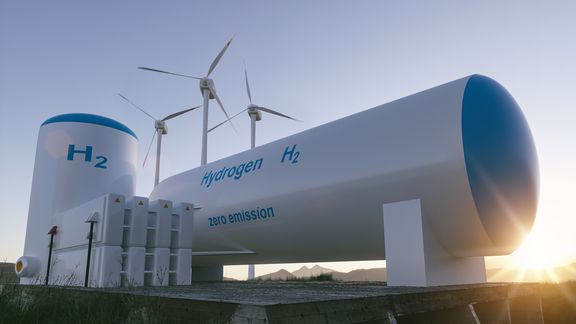King Willem-Alexander gave the starting signal for the construction of the first part of the national hydrogen network on October 27th. This initial part starts on the Second Maasvlakte with a route of 30 kilometers in the port of Rotterdam. In the coming years, the five major industrial clusters in the Netherlands will be connected to it, including connections to the German and Belgian hydrogen networks. Ultimately, more than 7 Gigawatts of wind will have to land on the Second Maasvlakte.
Energie-Nederland chairperson Cora van Nieuwenhuizen spoke with the King about the internationalization of the hydrogen network, where BASF and other large German companies indicated how important border crossing to Germany and Belgium is for them. It is important for this that the regulations in the Netherlands, Germany and Belgium are aligned, including harmonized hydrogen quality standards.
To realize the national hydrogen network, the government must take on the flooding risk and secondly, the government must offer the hydrogen network company HNS, a subsidiary of Gasunie, sufficient certainty not only to construct but to expeditiously expand this first part of the network.
Energie-Nederland remains actively involved in the further development of the hydrogen network. This includes drawing up standard transport and connection contracts for all future users together with VEMW and HNS through a trialogue process. Because Energie-Nederland has experience in the natural gas world, it is also actively considering a reasonable transfer price for gas pipelines that are converted to hydrogen pipelines. In addition, Energie-Nederland is committed to a sufficient scale-up budget that will allow the hydrogen sector to develop in the coming years.

